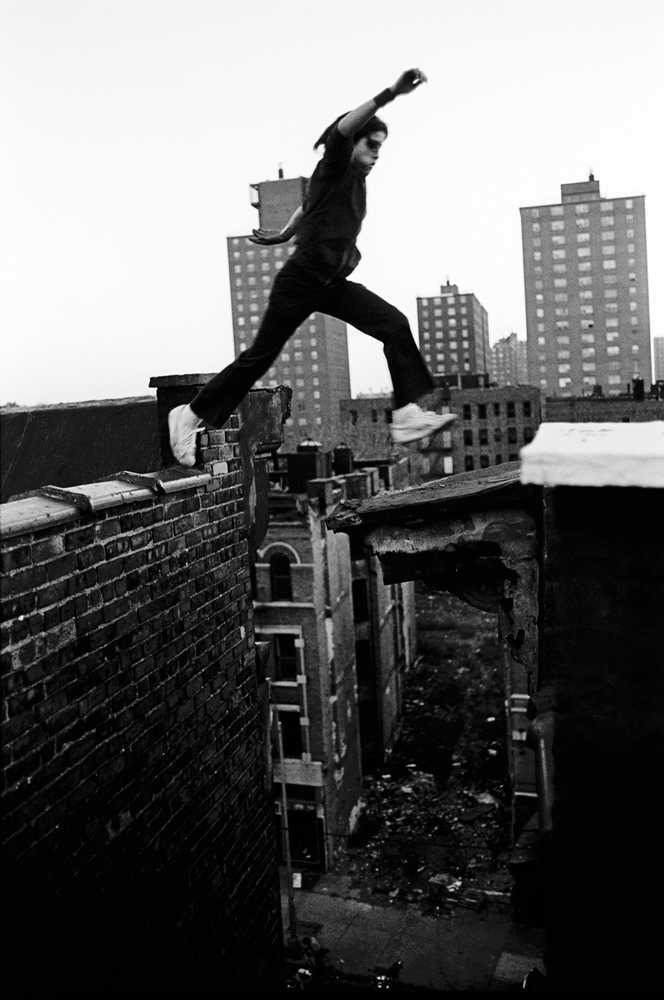
What started out for Stephen Shames as an assignment for Look magazine back in 1977 turned into an epic twenty two year project documenting the lives of young boys in the Bronx, New York. He was assigned by former Look editor John Durniak to simply do an essay on the Bronx. Shames says: “On the first day I got the picture ‘Ralph Jumps,’ which is one of my favorite pictures I ever took, and so I guess I was hooked.
“I had a real troubled childhood and my family was messed up. My parents didn’t have a clue how to raise kids and were very abusive. When I look at it, I realize that they were trying to do the best they could, but they just didn’t know what to do. They just had a very explosive relationship.”
Explaining how this early emotional turmoil helped him relate to his young subjects, he continued: “I felt at home because the Bronx was a place that society was neglecting and in some cases, abusing.”
Shames has dedicated most of his career documenting social issues focused on children in poor communities. He was born in Cambridge, Mass. but spent his formative years growing up in California. Later he moved to New York in 1976. “New York back then was the center of photography. All the magazines, book publishing and galleries were here and I wanted to be in the center of it.”
North of Manhattan — the Bronx — was unfamiliar to Shames. The work which is now compiled in the book Bronx Boys (FotoEvidence, 2011) chronicles the lives of young people in a time of rampant crack abuse, crime and violence in a devastated community. “As a journalist it was very exciting because it was a period in history that was very unique but also, as an individual, it resonated with me emotionally. I always photographed survivors — which is in a sense how I think of myself. I survived my family and I became stronger. A lot of the kids that I photographed survived that environment and became stronger.”
To survive, kids formed a groups they called crews. Shames says: “They weren’t a formal gang in the sense of the Crypts or Bloods. They weren’t engaged in criminal activity. They kind of formed gangs because that’s how they looked after each other.”
Being there for over twenty years, Shames inadvertently mentored some of his subjects. Martin Dones — among those — wrote a first-person essay in the book. Shames says: “He grew up not knowing his dad. And his mom was a crack addict and she didn’t really take care of him. He talks about his first memory of his cousin being killed and thrown off the top of a building. He talks about the drugs and it’s just an incredible first-person saga in his words.” Martin is now a father of four children and Shames considers him one of the great success stories.
“You have to judge for yourself. But what I think is interesting about the book is that it isn’t just about despair — and it isn’t just a journalistic account of the drugs, even though that’s in there and the violence is in there, but it’s also about love and hope it’s about people… you know, moments of tenderness. And I think it shows a more complete picture of the Bronx.”
Shames is a dedicated social documentarian but considers the work more of an art project and not entirely journalistic. “It’s more of an art book because it transcends,” he says. “It gives a three-dimensional picture of the people who often aren’t seen in a positive light. What’s important to me is that people transcend. That’s one of the themes in my work. It’s about poverty and kids growing up, but if you really look at it, it’s about transcendence and people trying to achieve a state of grace.”
When discussing his life now, Shames takes a more active role than in his past as a photographer observing. “I’m now spending time in Africa with former child soldiers and AIDS orphans and I have founded a nonprofit called Lead Uganda. In some ways the stories of the kids in the Bronx are just as rough as those other kids.”
Bronx Boys is also one of the first true digital photo-monographs that can be downloaded to your computer. Created with Flash, it has the look and feel of a physical book with pages you can turn. “I was a little worried at first that they weren’t going to be doing a physical object but now I love it,” Shames says. “You can blow up the pages without losing quality and explore the work. It’s not just a PDF. It’s more interactive and you can explore it. I was captivated by being the first person to have a book like this.”
Shames also is impressed by the audience you can reach with a digital book. “The publisher told me that the second person to purchase the book was from a small town in Russia, who it would normally be very hard for them to see the book,” he says. “I doubt that the printed book would have ever made it to Russia. By the fall it will be on the other handheld tablets, but right now it’s only available on computers.”
“Just as the Gutenberg printing press revolutionized printing it also democratized things. I don’t think the big publishing houses are going to go away because of digital publishing. But I think that theirs going to be a lot of individual people filling niches and I think that’s going to be great for all of us.”
The book is available www.fotoevidence.com.
For information on his foundation L.E.A.D Uganda, visit: www.leaduganda.org.
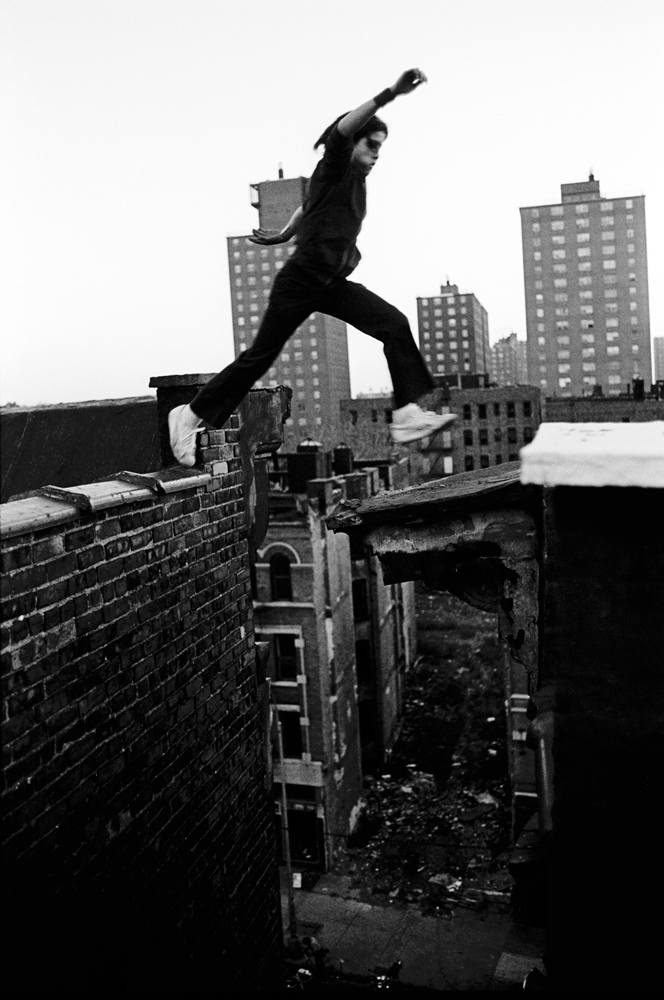


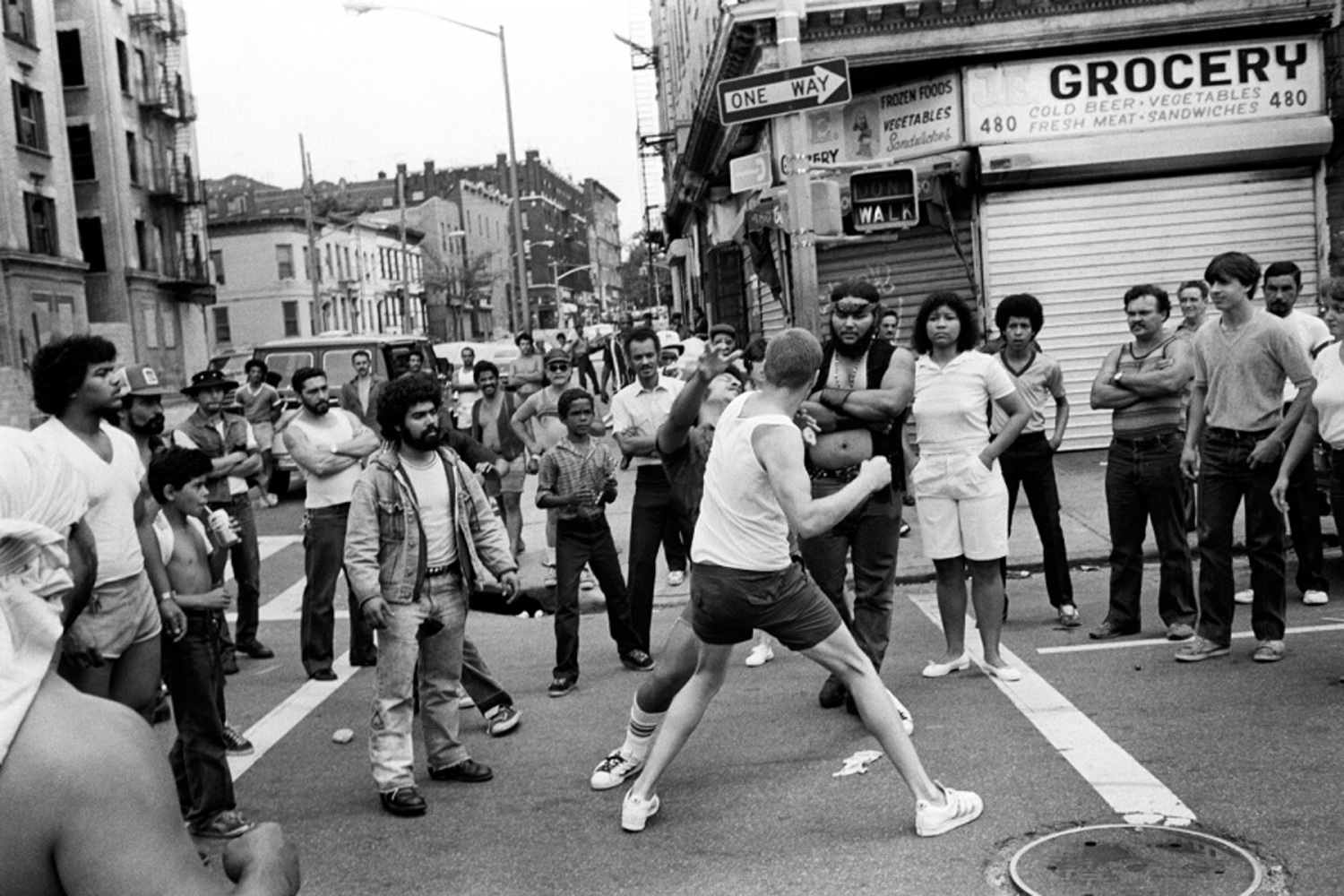
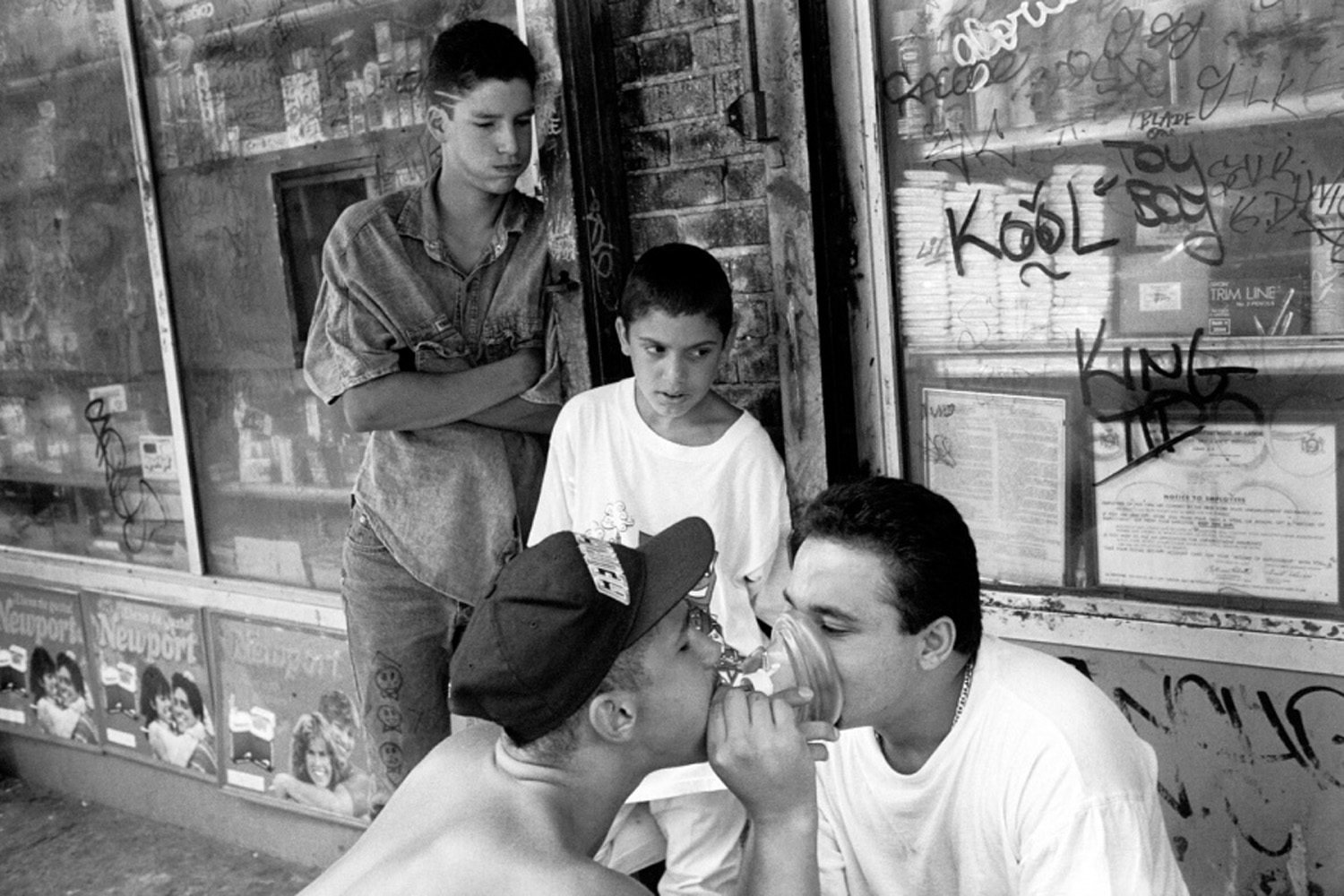
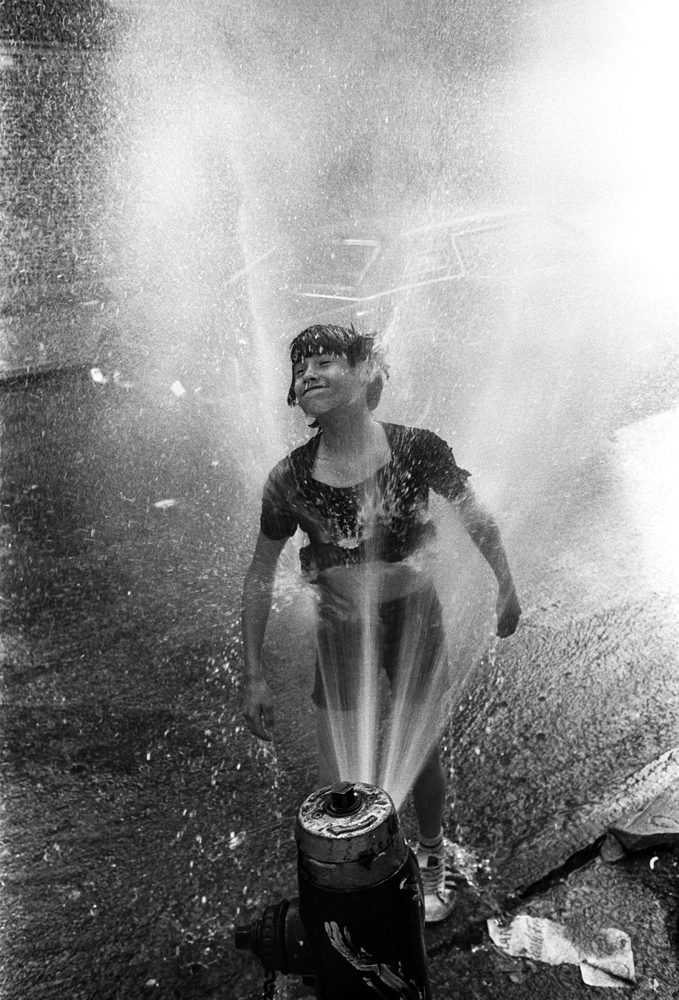
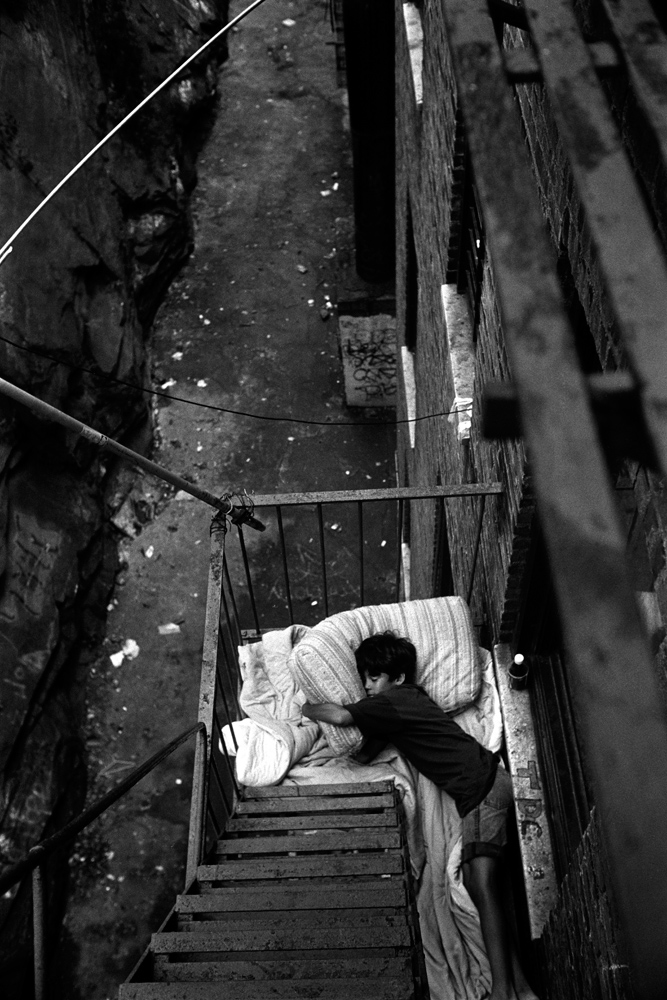
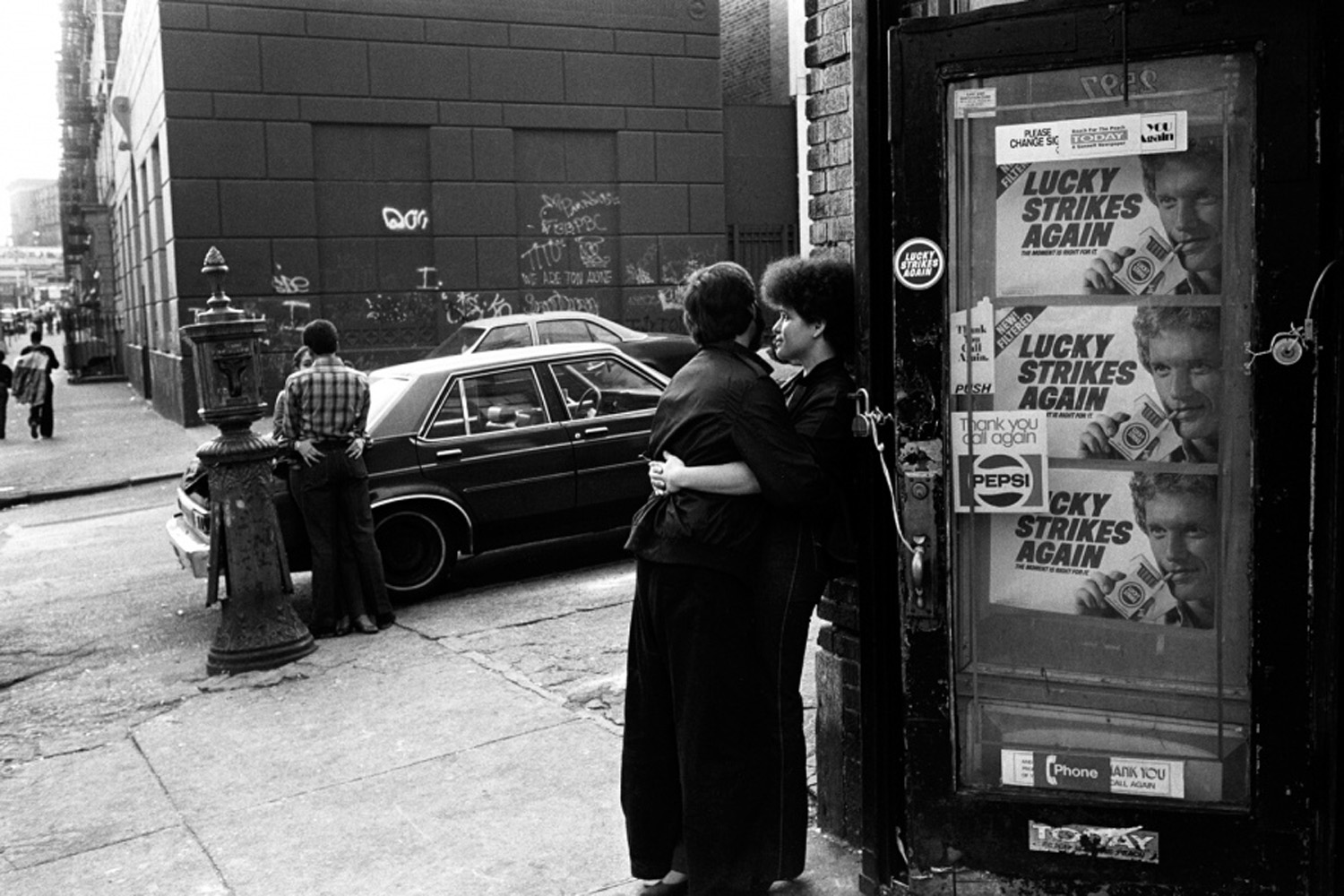
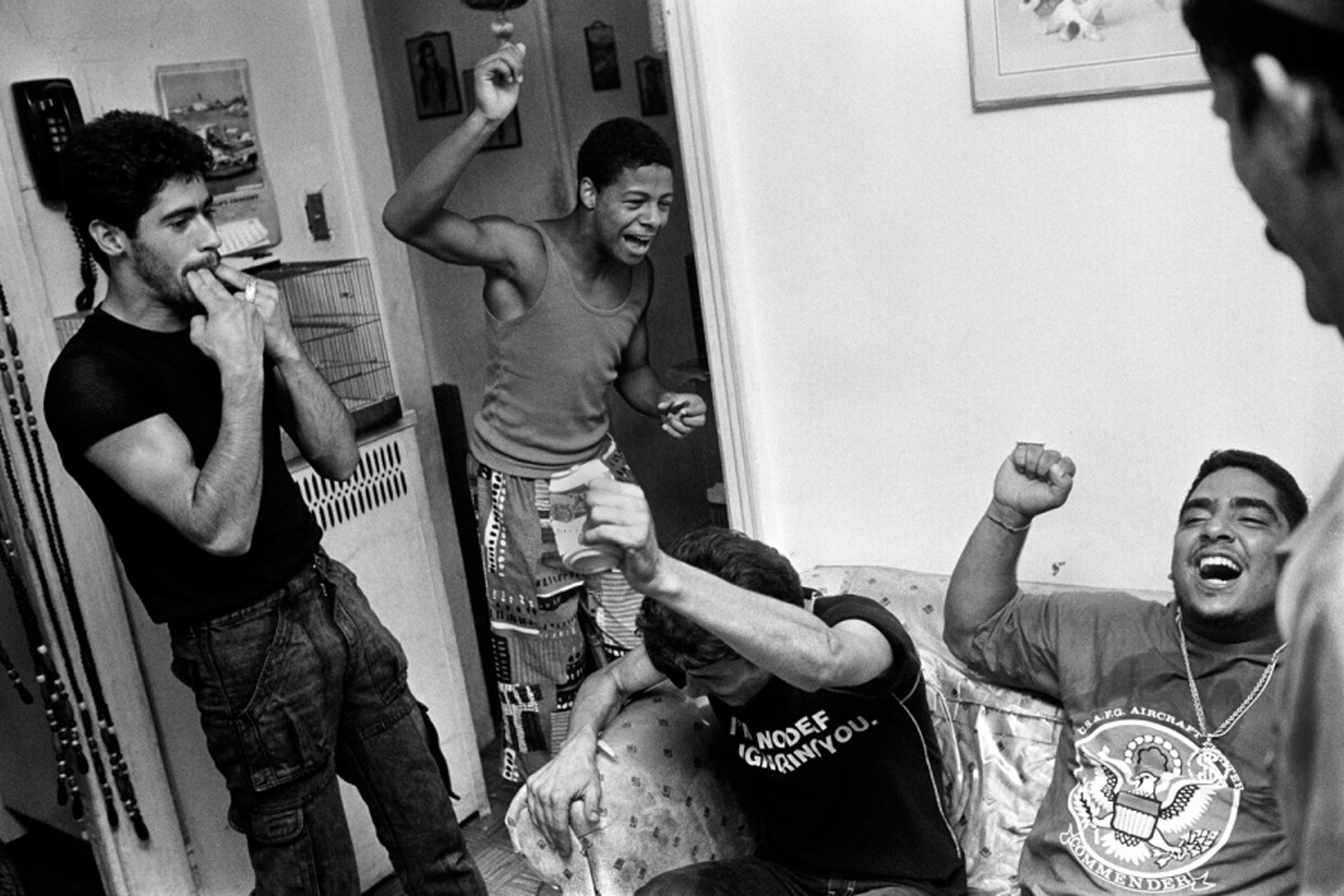
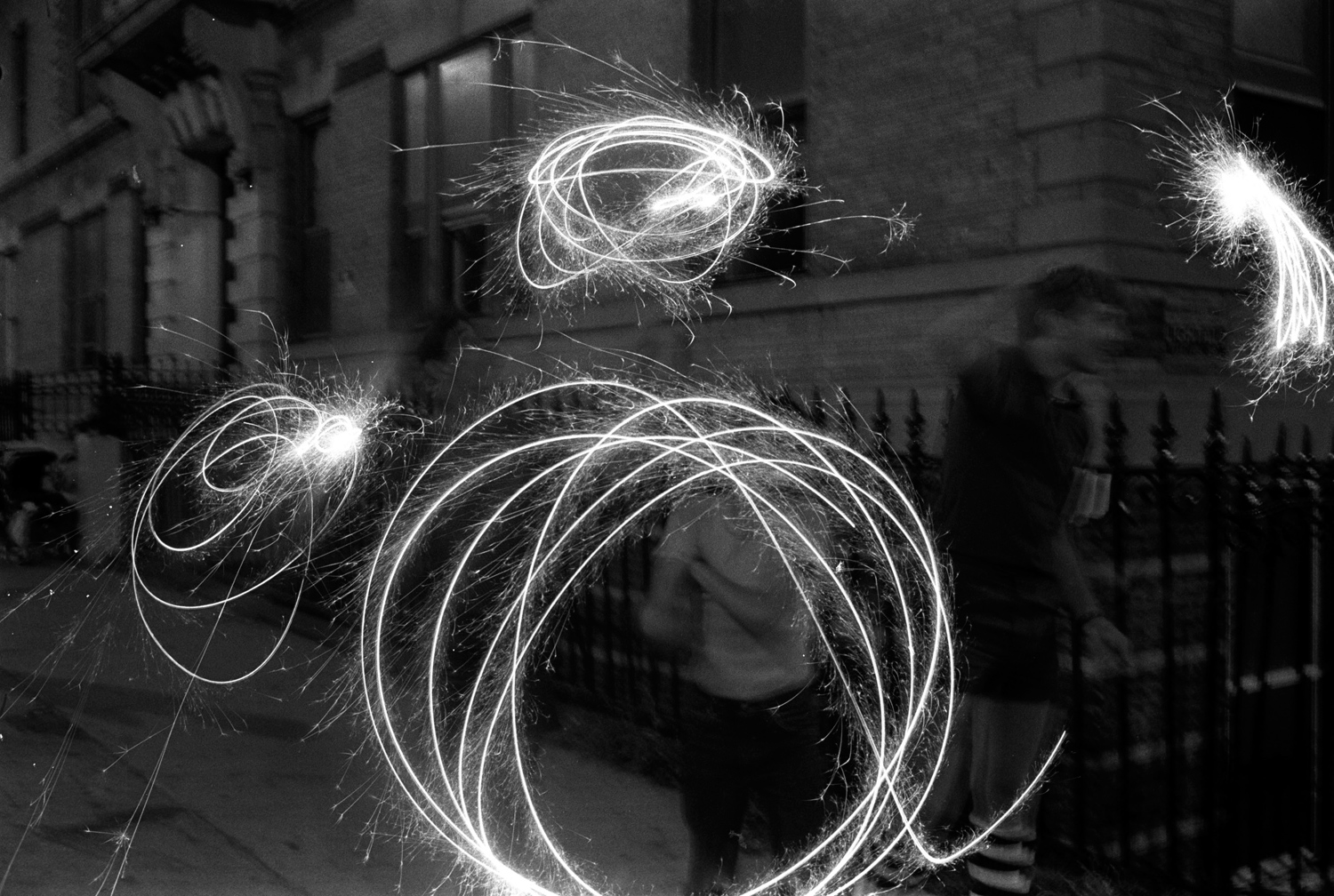
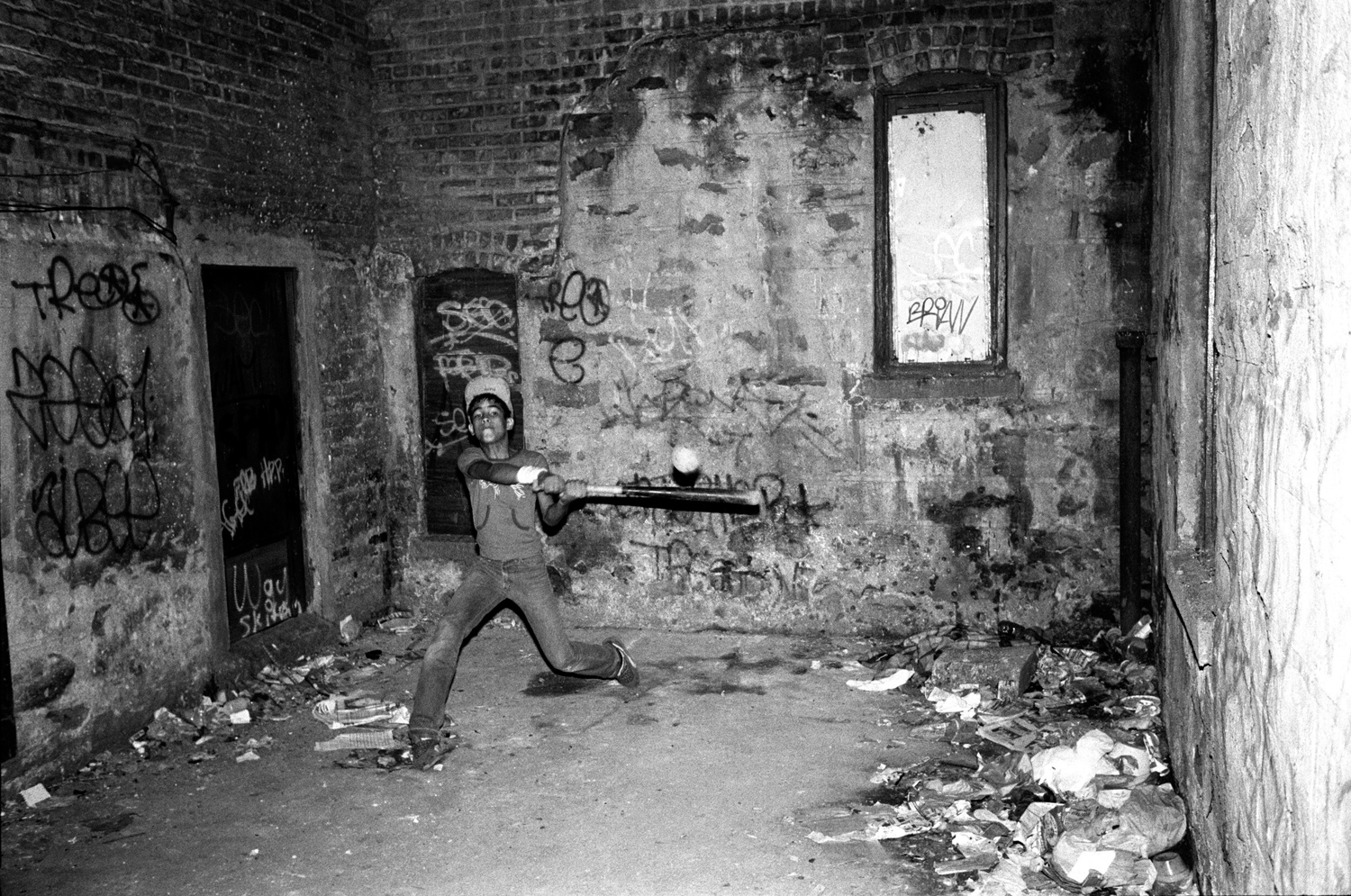

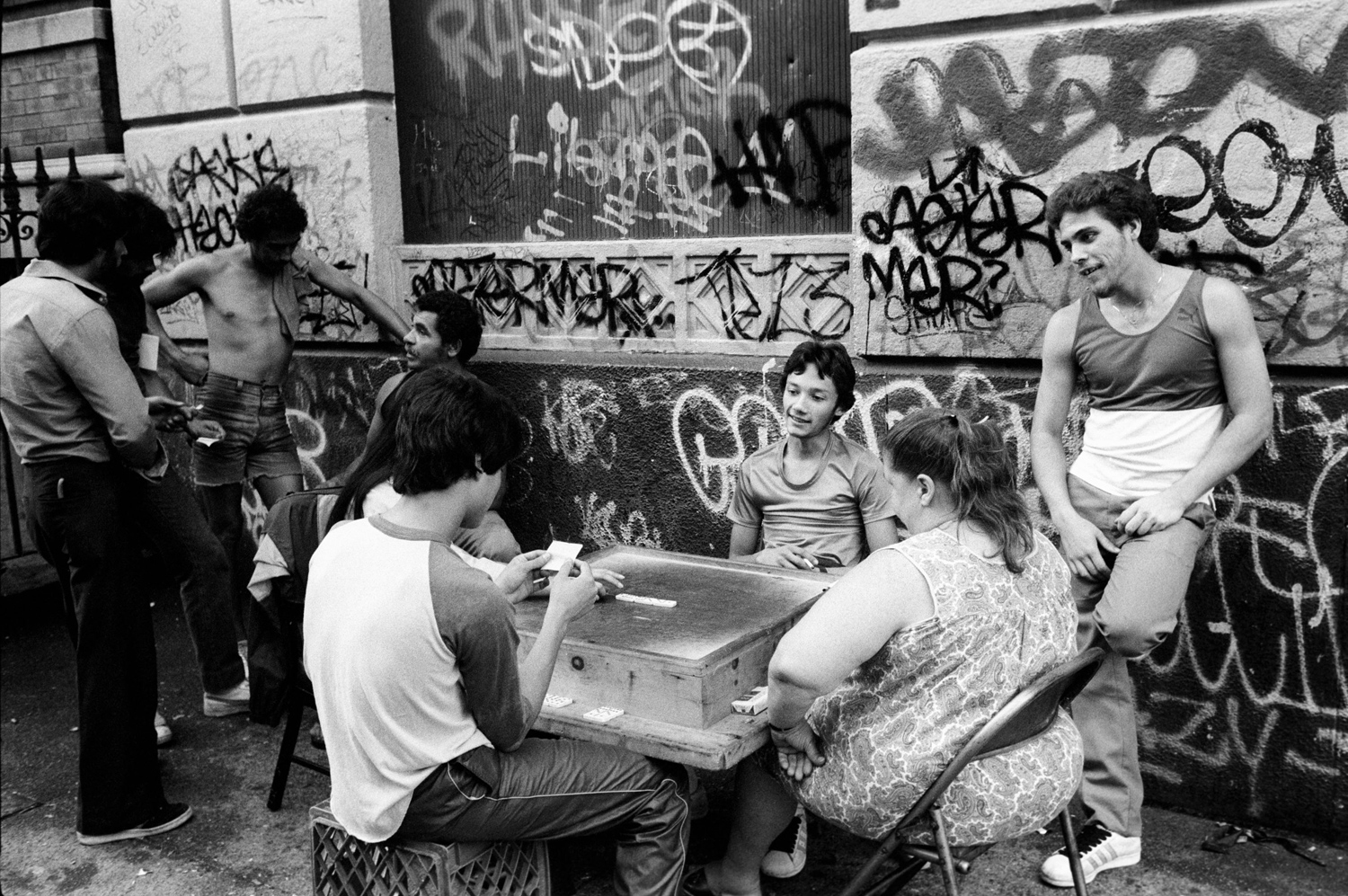

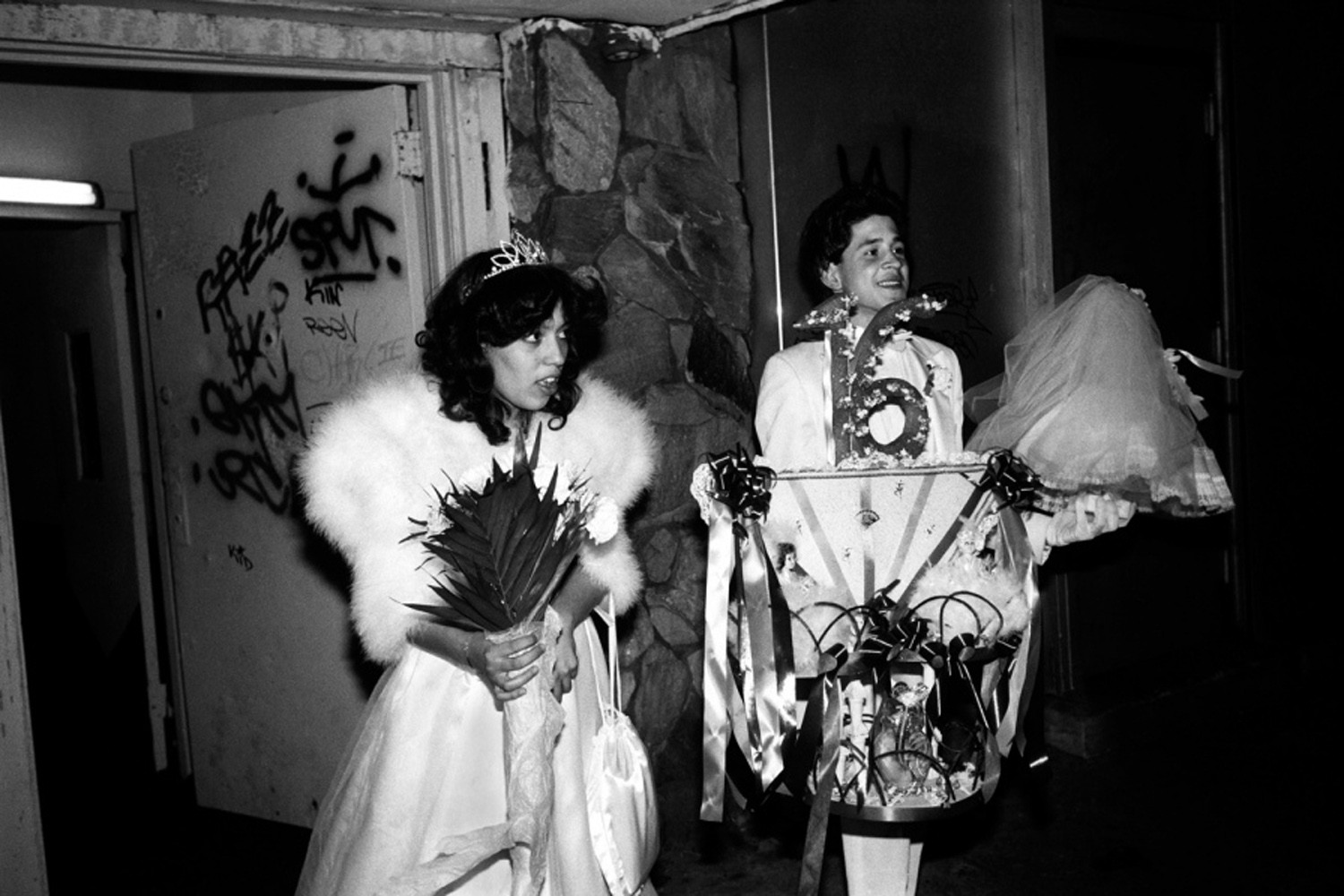
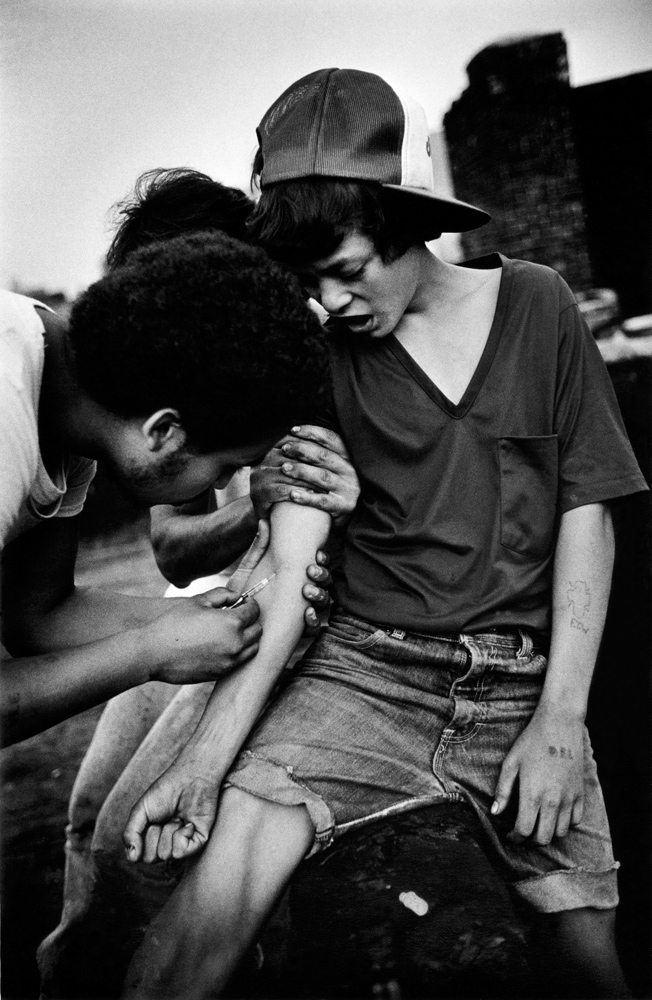
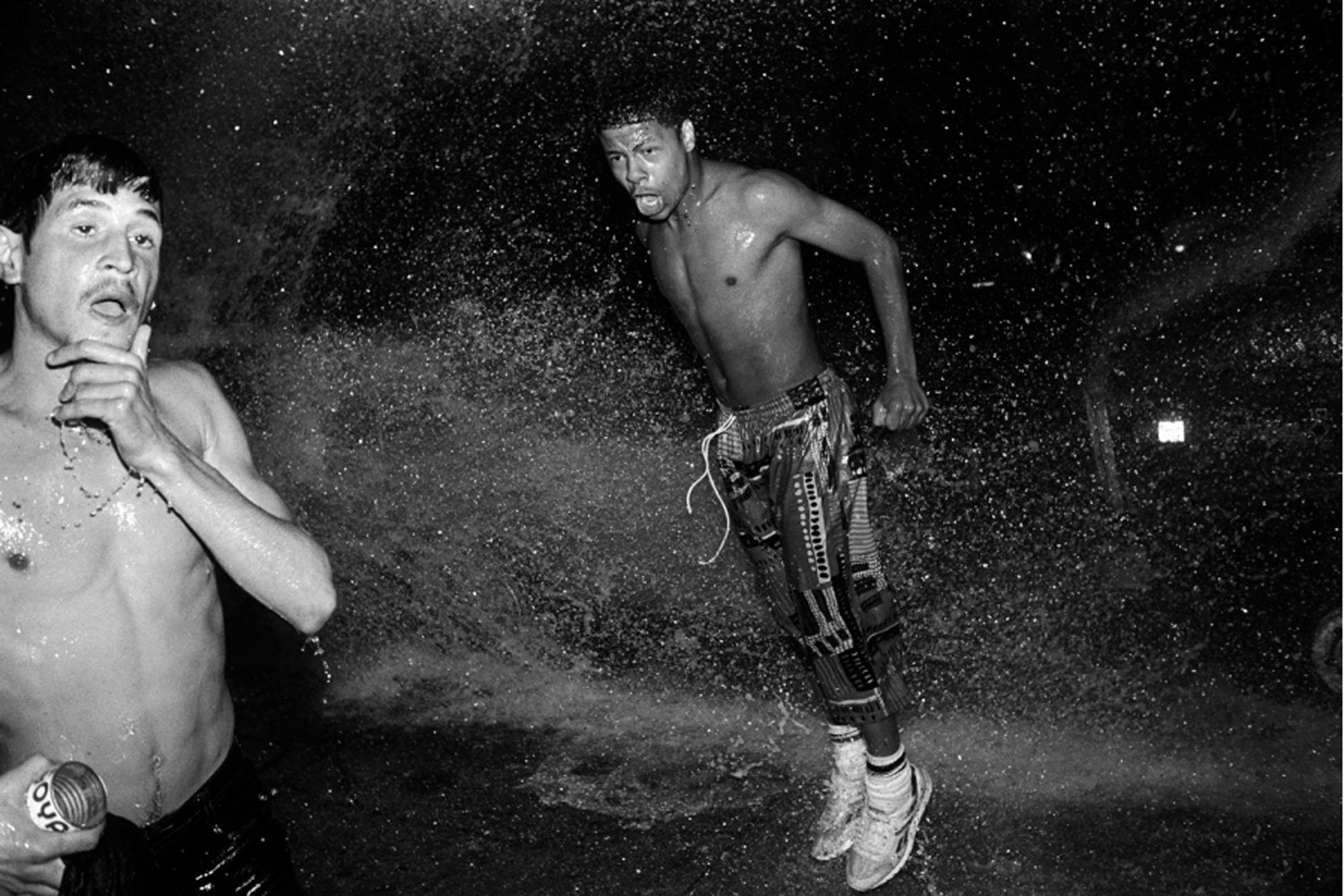

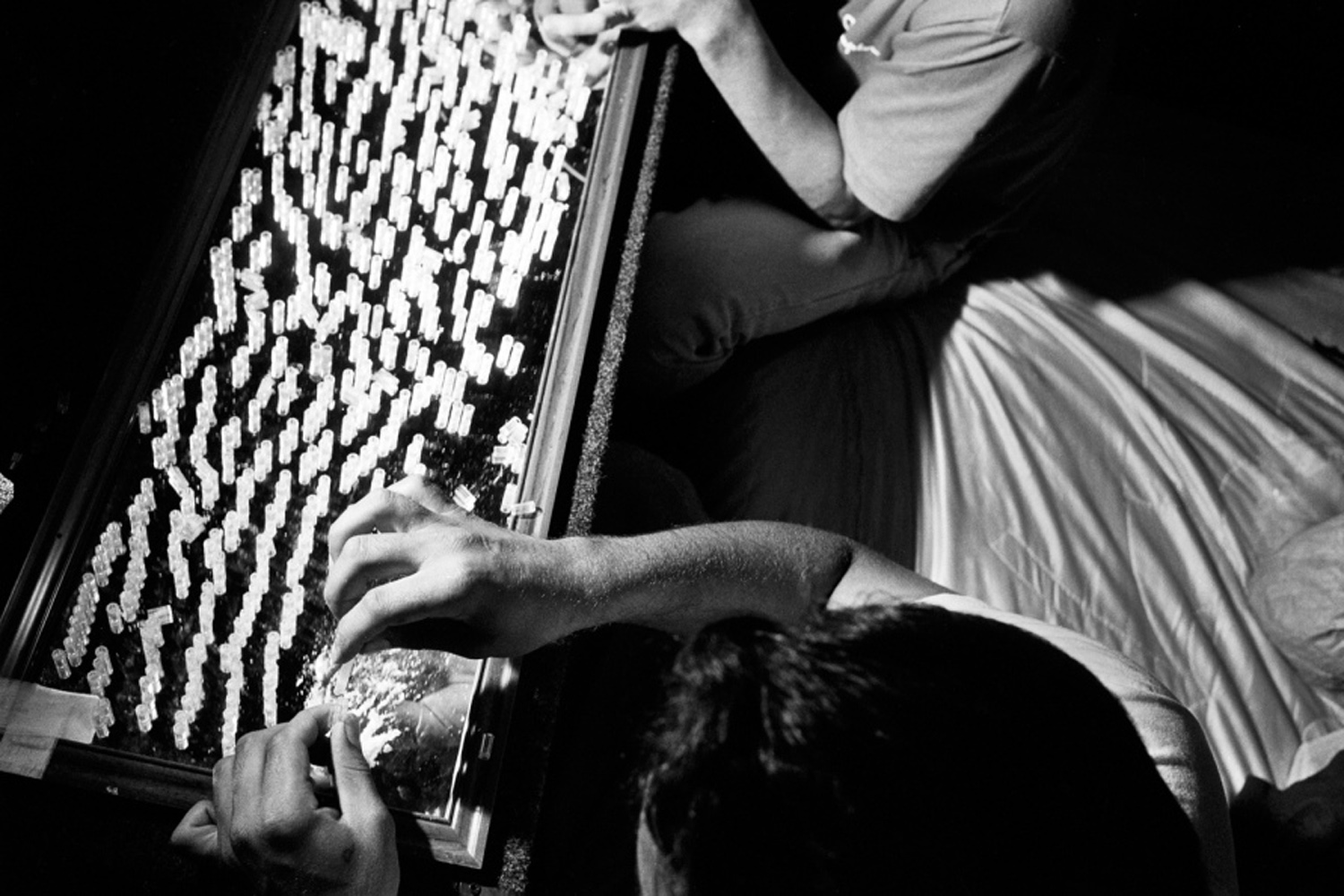
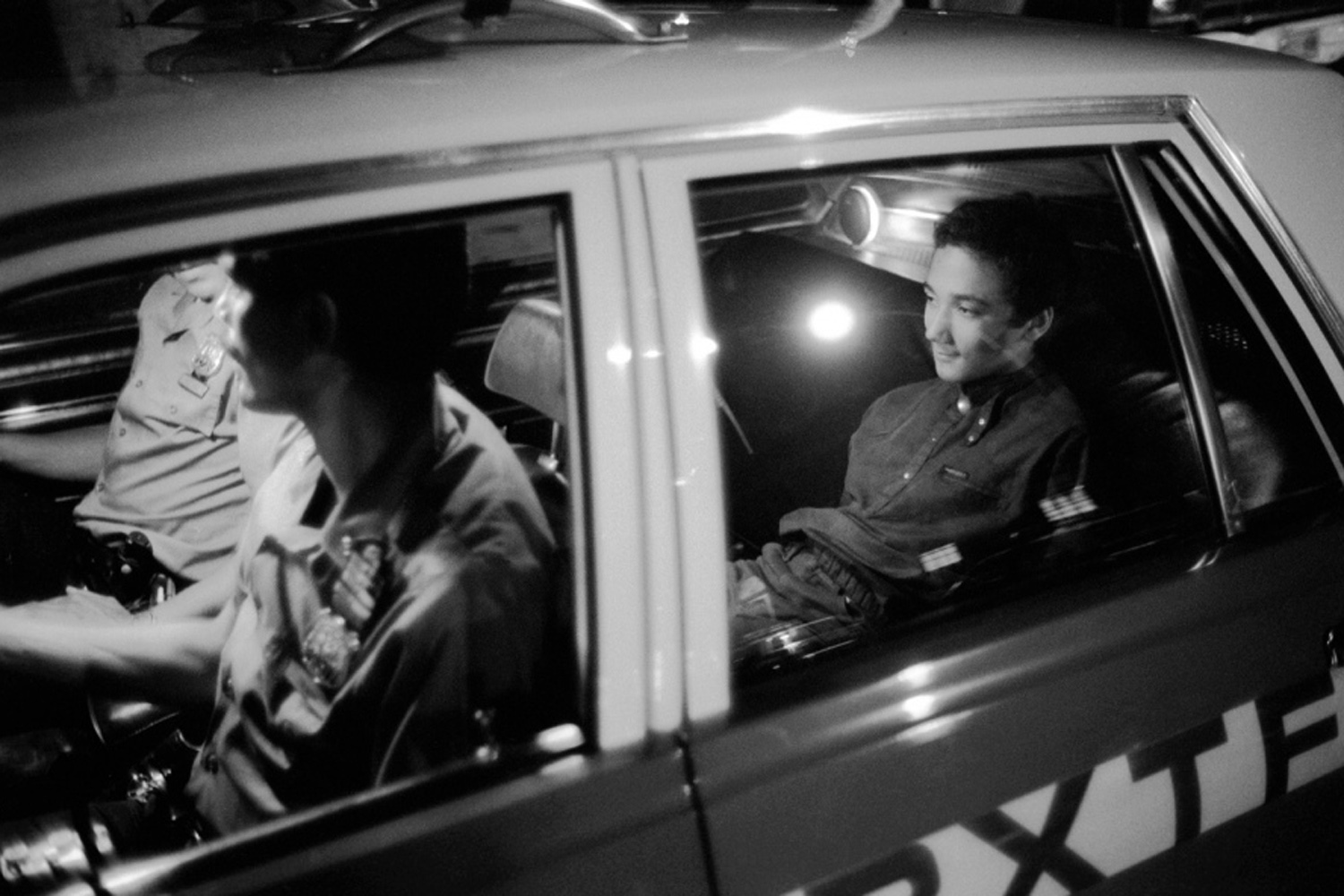
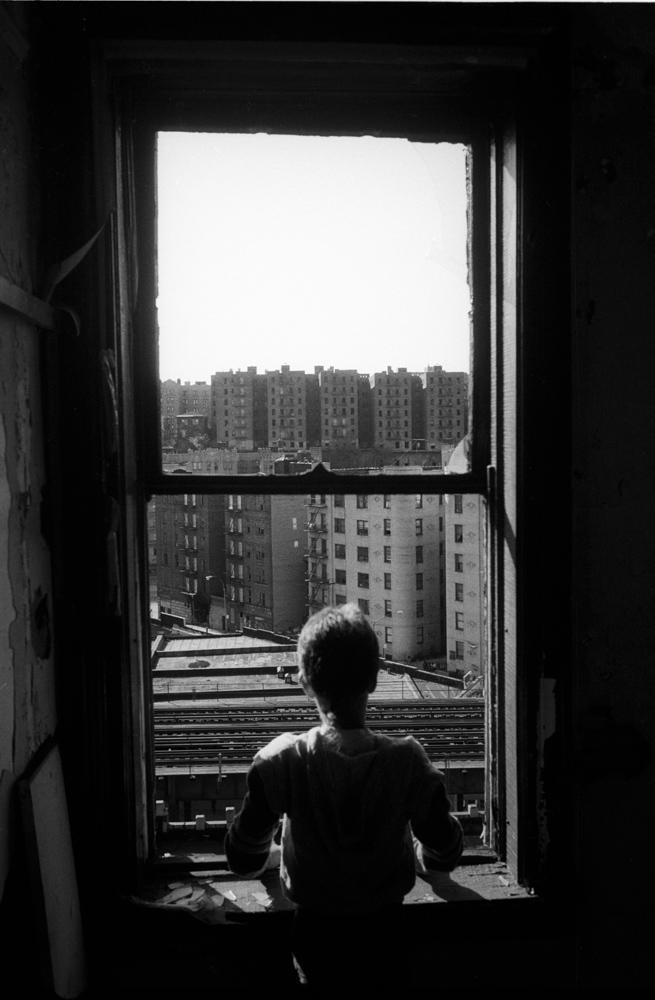

More Must-Reads From TIME
- The 100 Most Influential People of 2024
- The Revolution of Yulia Navalnaya
- 6 Compliments That Land Every Time
- Stop Looking for Your Forever Home
- If You're Dating Right Now , You're Brave: Column
- The AI That Could Heal a Divided Internet
- Fallout Is a Brilliant Model for the Future of Video Game Adaptations
- Want Weekly Recs on What to Watch, Read, and More? Sign Up for Worth Your Time
Contact us at letters@time.com